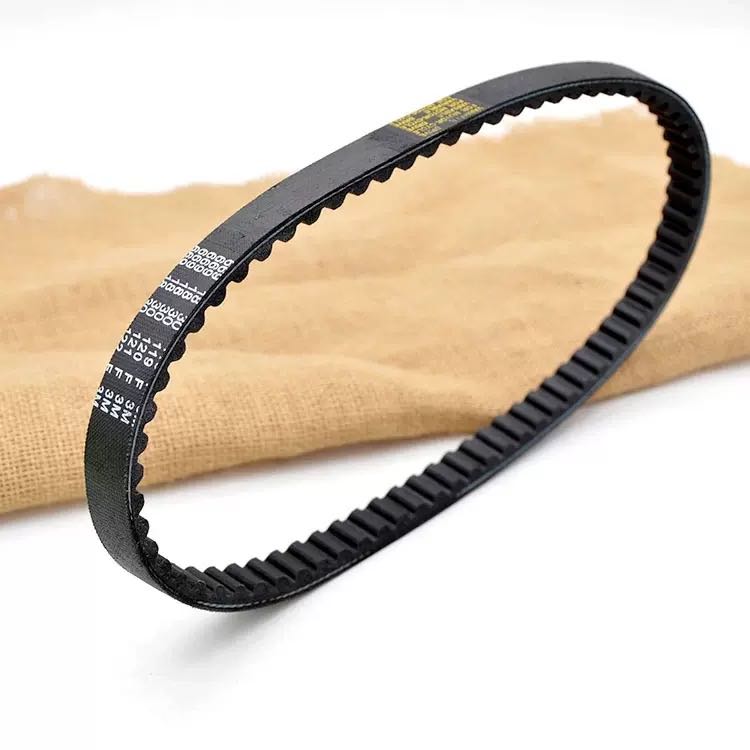- Arabic
- French
- Russian
- Spanish
- Portuguese
- Turkish
- Armenian
- English
- Albanian
- Amharic
- Azerbaijani
- Basque
- Belarusian
- Bengali
- Bosnian
- Bulgarian
- Catalan
- Cebuano
- Corsican
- Croatian
- Czech
- Danish
- Dutch
- Afrikaans
- Esperanto
- Estonian
- Finnish
- Frisian
- Galician
- Georgian
- German
- Greek
- Gujarati
- Haitian Creole
- hausa
- hawaiian
- Hebrew
- Hindi
- Miao
- Hungarian
- Icelandic
- igbo
- Indonesian
- irish
- Italian
- Japanese
- Javanese
- Kannada
- kazakh
- Khmer
- Rwandese
- Korean
- Kurdish
- Kyrgyz
- Lao
- Latin
- Latvian
- Lithuanian
- Luxembourgish
- Macedonian
- Malgashi
- Malay
- Malayalam
- Maltese
- Maori
- Marathi
- Mongolian
- Myanmar
- Nepali
- Norwegian
- Norwegian
- Occitan
- Pashto
- Persian
- Polish
- Punjabi
- Romanian
- Samoan
- Scottish Gaelic
- Serbian
- Sesotho
- Shona
- Sindhi
- Sinhala
- Slovak
- Slovenian
- Somali
- Sundanese
- Swahili
- Swedish
- Tagalog
- Tajik
- Tamil
- Tatar
- Telugu
- Thai
- Turkmen
- Ukrainian
- Urdu
- Uighur
- Uzbek
- Vietnamese
- Welsh
- Bantu
- Yiddish
- Yoruba
- Zulu
नोव्हेंबर . 22, 2024 06:31 Back to list
machine timing belt
Understanding Machine Timing Belts Key Components and Maintenance
Machine timing belts are crucial components in a variety of mechanical systems, particularly in automotive and manufacturing applications. They play an essential role in synchronizing the rotation of different parts, ensuring that engines and machines operate efficiently. Understanding how timing belts work, their construction, maintenance, and when to replace them is vital for anyone involved in mechanical engineering or vehicle maintenance.
What is a Timing Belt?
A timing belt is a loop of flexible material, typically made from rubber and reinforced with fibers such as nylon or fiberglass. Its primary function is to connect the crankshaft and camshaft in an internal combustion engine. By doing so, it ensures that the engine's valves open and close at the precise moment during the engine cycle, optimizing performance and preventing damage.
Timing belts are also used in various industrial applications where synchronization of motion is required, such as in conveyor systems, robotic arms, and various machinery. Their design provides a reliable and efficient means of transferring motion without the risk of slippage, making them preferable over gears in many applications.
Advantages of Timing Belts
One of the biggest advantages of timing belts is their ability to operate quietly compared to chains and gears. This feature not only contributes to a more pleasant working environment but also reduces wear and tear on components. Additionally, they are lighter and can be designed to take up less space, allowing for more compact machine designs.
Another significant advantage is their resistance to corrosion and the fact that they do not require lubrication, which simplifies maintenance. However, timing belts do have a finite service life and should not be overlooked for regular maintenance.
machine timing belt

Maintenance and Replacement
Regular inspection of timing belts is essential to ensure that they are in good working condition. Signs of wear include fraying, cracking, or other visible damage. Many manufacturers recommend that timing belts be replaced every 60,000 to 100,000 miles, but this can vary depending on the specific vehicle or machine and usage conditions. Consulting the manufacturer's guidelines is critical for determining the appropriate replacement interval.
When replacing a timing belt, it is also advisable to replace related components, such as the water pump, tensioners, and pulleys. This is because these parts wear out over time and can lead to premature failure of the new timing belt if not addressed simultaneously.
The Consequences of Timing Belt Failure
Failing to maintain or replace a timing belt can lead to catastrophic engine failure. If a timing belt breaks, it can cause the engine's pistons and valves to collide, resulting in extensive damage that may require a full engine rebuild. This highlights the importance of adhering to maintenance schedules and taking vehicle or machine performance to heart.
Conclusion
Timing belts are essential for the efficient operation of many machines, particularly in automotive engineering. Their role in synchronizing various components ensures not only optimal performance but also longevity of the engine or machinery being operated. Regular maintenance and timely replacement of timing belts are crucial in preventing mechanical failures that can incur significant costs and reduce operational efficiency.
Understanding the importance of timing belts can save both time and money in the long run, ensuring that machines remain in peak condition and operate reliably. Whether you are a mechanic, an engineer, or a machinery operator, having a solid grasp of timing belts and their maintenance is indispensable for your work. Recognizing the signs of wear and adhering to replacement intervals will help extend the life of the systems they support, ultimately leading to better performance and fewer disruptions in both automotive and industrial settings.
-
Affordable Fan Belt Cost - Compare Prices & Save | Auto Parts Deals
NewsJul.22,2025
-
China Factory 6PK1130 EPDM Rubber Engine Conveyor Belt Supplier
NewsJul.21,2025
-
Korean Auto Parts Timing Belt 24312-37500 For Hyundai/Kia
NewsMar.07,2025
-
7PK2300 90916-T2024 RIBBED BELT POLY V BELT PK BELT
NewsMar.07,2025
-
Chinese Auto Belt Factory 310-2M-22 For BMW/Mercedes-Benz
NewsMar.07,2025
-
Chinese Auto Belt Factory 310-2M-22 For BMW/Mercedes-Benz
NewsMar.07,2025

